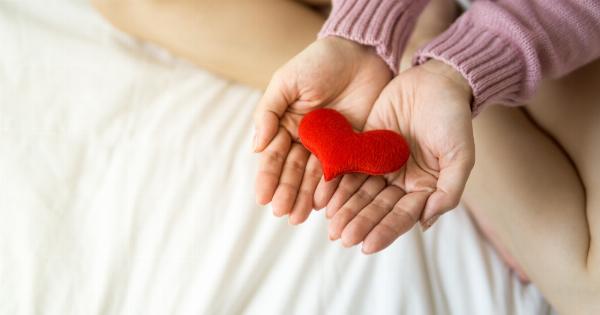Understanding the connection between heart rate and sexual functioning in women is crucial for a comprehensive understanding of human sexuality.
While heart rate is commonly associated with physical exertion and cardiovascular health, its role in sexual response and arousal in women is often overlooked. This article aims to explore the intricate relationship between heart rate and women’s sexual functioning and shed light on the physiological mechanisms at play.
The Physiology of Sexual Arousal
Sexual arousal is a complex process that involves both physiological and psychological factors. In women, it typically begins with sexual desire or stimuli that trigger neural signals to be sent to the brain.
These signals then initiate a cascade of events leading to increased blood flow to the genital area, lubrication, and heightened sensitivity.
The Role of Heart Rate in Sexual Response
Heart rate, as a fundamental physiological marker, is closely linked to sexual response. During sexual arousal, the body undergoes a series of changes, including increased heart rate.
As women become sexually aroused, the sympathetic nervous system activates, leading to an increase in cardiac output and subsequent elevation in heart rate.
Heart Rate and Sustained Arousal
Research suggests that sustained sexual arousal can elicit changes in heart rate that closely resemble those seen during exercise.
The duration and intensity of sexual activity can vary significantly from person to person, but prolonged sexual stimulation often leads to increased heart rate levels.
The Role of Heart Rate Variability (HRV)
Heart rate variability (HRV) refers to the changes in the time intervals between successive heartbeats. It is an indicator of the flexibility and adaptability of the autonomic nervous system.
Studies have shown that HRV is associated with sexual arousal, with a decrease in HRV observed during sexual excitement.
Psychophysiological Arousal and Heart Rate
Women’s sexual response is influenced by both physiological and psychological factors.
Heart rate can serve as a psychophysiological marker of arousal, providing insights into the link between subjective sexual arousal and physiological changes in the body.
Health Factors and Heart Rate
Various health factors can influence heart rate and, consequently, sexual functioning in women.
Conditions such as cardiovascular disease, hypertension, and metabolic disorders can affect overall cardiovascular health, potentially impacting sexual response.
Medications and Heart Rate
Certain medications, including those used to treat cardiovascular conditions, can influence heart rate and sexual functioning. Beta-blockers, for example, may lower heart rate and potentially affect sexual arousal in women.
It is essential to consider medication effects when exploring the relationship between heart rate and sexual functioning.
The Role of Exercise in Sexual Functioning
Regular physical activity has been linked to improved sexual functioning in both men and women. Exercise can help maintain cardiovascular health, lower resting heart rate, and enhance sexual response.
Engaging in moderate-intensity exercise may positively influence heart rate regulation during sexual activity.
Emotional State and Heart Rate
Women’s emotional state significantly impacts sexual functioning, and heart rate can be influenced by emotional factors such as stress, anxiety, and emotional arousal.
Emotional well-being plays a crucial role in sexual satisfaction, and managing emotional stressors can contribute to a healthier sexual response.
The Importance of Heart Rate Awareness
Developing heart rate awareness during sexual activity can enhance the sexual experience for women.
Being attuned to changes in heart rate can provide insights into arousal levels, allowing individuals to better understand their sexual response and communicate their needs with their partners.
Conclusion
Heart rate plays a vital role in women’s sexual functioning, serving as a reliable indicator of sexual arousal and response.
Understanding the relationship between heart rate, physiological mechanisms, and emotional factors is essential for promoting sexual health and intimacy. By fostering heart rate awareness and considering various health factors, individuals can enhance their sexual experiences and overall well-being.






























